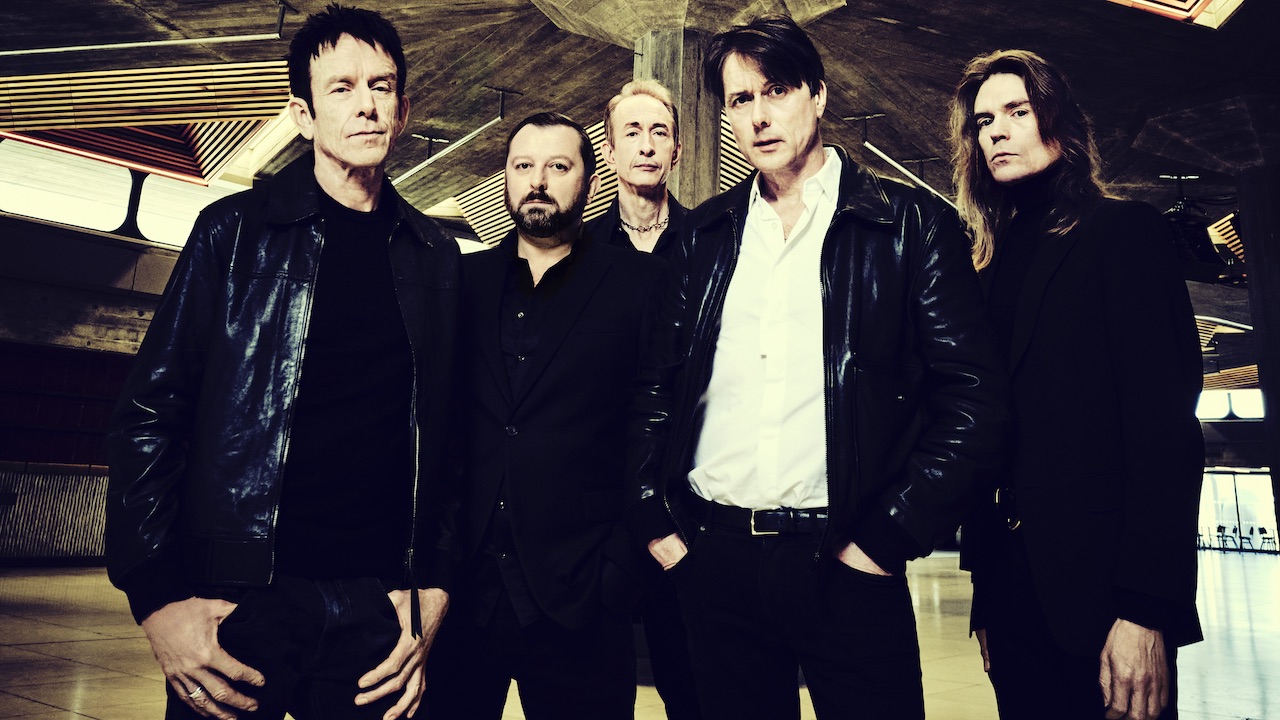
By Noddy Holder’s own admission, Slade were “a bunch of show-offs”. But boy could they write a hit tune. Between 1971 and ’76 alone, the four-piece from the Black Country notched 17 consecutive UK Top 20 smashes, including six number ones.
Just as importantly, they knew that live performance is what separates the men from the boys, and the women from the girls. Now, a newly compiled boxed set, All The World Is A Stage, which adds three never officially released performances – including a now-legendary rebirth at the 1980 Reading Festival – to a pair of existing live albums – reminds us of Slade’s peerless capacity to excite a live audience.
“Fans have been badgering us for years for things they hadn’t heard, and I’m really thrilled by the three tapes that were found, because not only is their quality great, they also sum up the various eras of Slade,” Slade’s former frontman Holder says. “For people that don’t know what we were about, here’s the place to start.”
If the exclusion from the box set of the band’s second live album, 1978’s Slade Alive, Vol 2, is confusing, then Holder is quick to explain: “We’ve already had a package that was a part of, and we could only include five discs. You know, some people have claimed that Volume 2 was done in a studio. Which is complete rubbish.”
With the discovery and release of those ‘lost’ tapes, might there exist other gems somewhere in the vaults?
“No,” Holder says immediately, then with a laugh: “Mind you, I didn’t think there were any before. So obviously I was wrong about that.”
Classic Rock joined the still whiskered Holder to look back at the early days of Slade and at those still electrifying live recordings.
The latest news, features and interviews direct to your inbox, from the global home of alternative music.

Slade Alive!
Recorded at Command Studios, London, October 1971
As future generations of musicians will probably realise only with hindsight, there’s really only one way to become a good live band, and that’s by getting out there and playing live. There’s no substitute for getting in a van, playing gigs no matter what size and to whom, and learning how to make them better.
“Jim [Lea, bass and violin] came to us straight out of school,” Holder recalls. “But even before the line-up that people know us for, Dave [Hill, guitar] and Don [Powell, drums] had been in bands before, and so had I. I’d been playing live for three years. In the late 1960s, as the ‘N Betweens we played solidly for five years, and we would take any gig we could get, often for terrible money.
"We’d play ballrooms, pubs, universities and Working Men’s Clubs – anything. We went up to Scotland once every month – so often that it was sometimes assumed we were a Scottish band. One of the main reasons was they paid us in cash. Occasionally there were two gigs a night, sleeping in the van. But that’s how we learned our chops."
“I was an audience participation merchant from the start, even in groups at school,” Holder remembers. “I learned how to ‘suck in’ an audience and make them part of the show when my mum and dad took me to pantomimes. We would play Land Of 1000 Dances by Wilson Pickett, and quite often a dozen people came up on to the stage to dance. Slowly we found the things that worked.”
Holder’s foghorn voice and magnetic stage presence would develop into priceless twin attributes for Slade, but before that the ‘N Betweens began as a five-piece until original frontman Johnny Howells stepped aside.
“There was another lead singer, but he was on six months’ notice to leave,” Holder recalls fondly. “This guy wouldn’t travel to a gig in Plymouth, as he was ‘seeing a bird’. So we did it without him and tore the place apart. That was the start of it all.”
As a four-piece with Holder at the mic, Slade’s prowess as a live band soon developed.
“If you can play Saturday night in a pub in the Black Country, you can take flak from any audience,” he states. “There was a pub called Wren’s Nest, in Dudley, where at ten o’clock on any given Saturday night a fight would break out after drinks had been taken. Every band we knew was afraid of playing there. It had a cage around the stage like in those cowboy movies. Chairs, bottles and tables would fly, but you’d have to carry on. That’s how you learned to cope with all that audiences could throw at you – quite literally.”
In terms of their style of music, Slade owe a debt to a particular single that moved them, and also to the DJ who gave them a copy. “At a pub we did regularly in Wolverhampton, a guy played records between the bands,” Holder recalls. “When I heard this bloody great song, I asked: ‘Is this the Little Richard version of Get Down And Get With It?’ He replied that it was. And when I asked where I could get hold of it, he gave me his own. For donkey’s years, right until the end of our career, that’s the song we closed the set with before the encores.”
Get Down was thus in Slade’s set when they first decided to capture their live performance on record. They had already scored a couple of hit singles with Coz I Love You and Look Wot You Dun, but with the ensuing live album, comprised of more covers than originals, the Slade you hear on Alive! was very much a work in progress.
“Yes, definitely,” Holder agrees. “It was our live set at that time. We played lots of covers, including songs by the Moody Blues, Frank Zappa and the Idle Race, even Ted Nugent. But when Chas Chandler [the band’s manager and producer, a former member of The Animals] found us he encouraged us to write our own. So Slade Alive! was very, very raw. And [although three nights were recorded] we took it all from one gig. It’s the sound of a rock’n’roll band in full force.”
Slade’s irreverence shines through when Holder lets rip with a loud and fruity belch during their sensitive cover of The Lovin’ Spoonful’s Darling Be Home Soon.
“That was a total accident,” Holder says with a laugh. “But after that album came out and was so successful, I had to do the same thing every night. If I didn’t then the fans would go berserk.”
By then Slade’s unique, attention-grabbing and wonderfully over-the-top image was firmly in place.
“Right from the off, Dave and I developed a cutthroat idea that every time we went on stage we would look colourful,” Holder says. “It was all about shock tactics. We wanted people to sit up and go: ‘What the fuck is this?’ Whether or not they liked us was irrelevant, because we knew that the following day everyone would be talking about us in the pubs. Everything we did was about that, including the volume we played at. Even before becoming famous, we were always deafening."
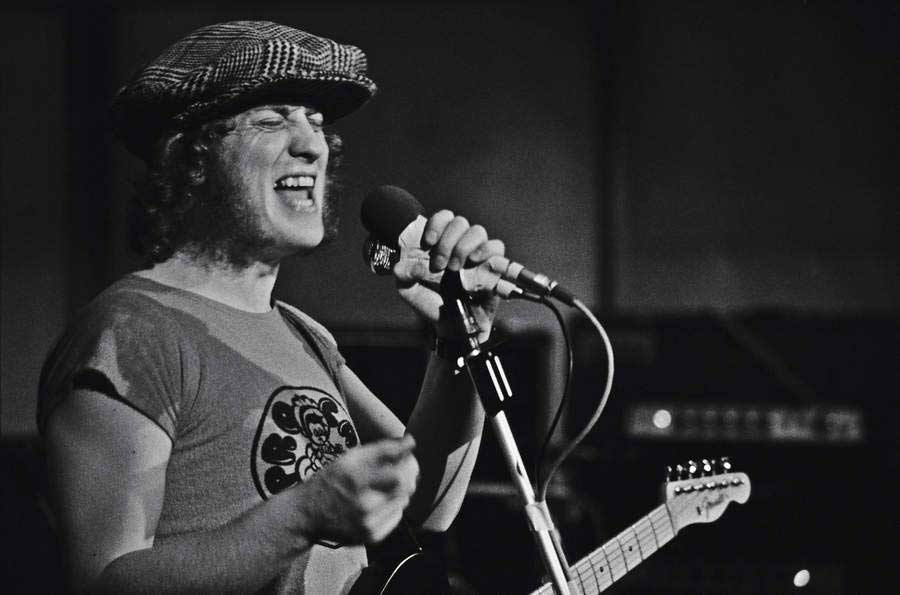
Live At The New Victoria
Recorded at the New Victoria Theatre, London, April 24, 1975
This previously unreleased show captures Slade at a time when Holder and Lea’s songwriting had started to take a more mature turn, via songs like How Does It Feel and Everyday.
“The fans have been on at us for years to release that one,” Holder says. “It’s got tracks such as Thanks For The Memory (Wham Bam Thank You Mam) and How Does It Feel that we never performed live on any other album. This was the time of the [Slade’s] In Flame movie, so it has Them Kinda Monkeys Can’t Swing, the type of songs were doing when we went to America.”
The show at the New Victoria was among the last the band would play in Britain before basing themselves in the US from mid-1975 to early ’77. Slade tried hard to carve a slice of the US market – a move that would cause many of their British fans to feel neglected. On such grounds the switch is now regarded as ill-advised, but Holder says he’d love to be able to go back to those times.
“Oh, most definitely,” he insists cheerily. “Some say that moving to the States killed us off, and maybe it did, but there was no choice. We’d been over several times before for short periods of time, and the only way to crack the place was by staying there. By 1975 we decided to have a go at the golden goose.
“It was such a great experience,” he continues nostalgically. “I had some of the most brilliant moments of my life. Things like going into a bar in New Orleans and seeing ZZ Top during their blues era. There’s no way I could ever regret that. When we had Thin Lizzy playing with us, if I hadn’t pulled, me and Brian Robertson would go out after the show to find a bar band to play with. One night we did half an hour with a Mariachi band, him playing bluesy licks over their Mexican music. That would never have happened in Britain, I was just too famous.
“Just because it didn’t work out the way we had planned, well… I don’t recall anyone [from within Slade] complaining at the time. And when we came back to the UK, musically speaking we were a band revitalised, we were playing shit-hot.”
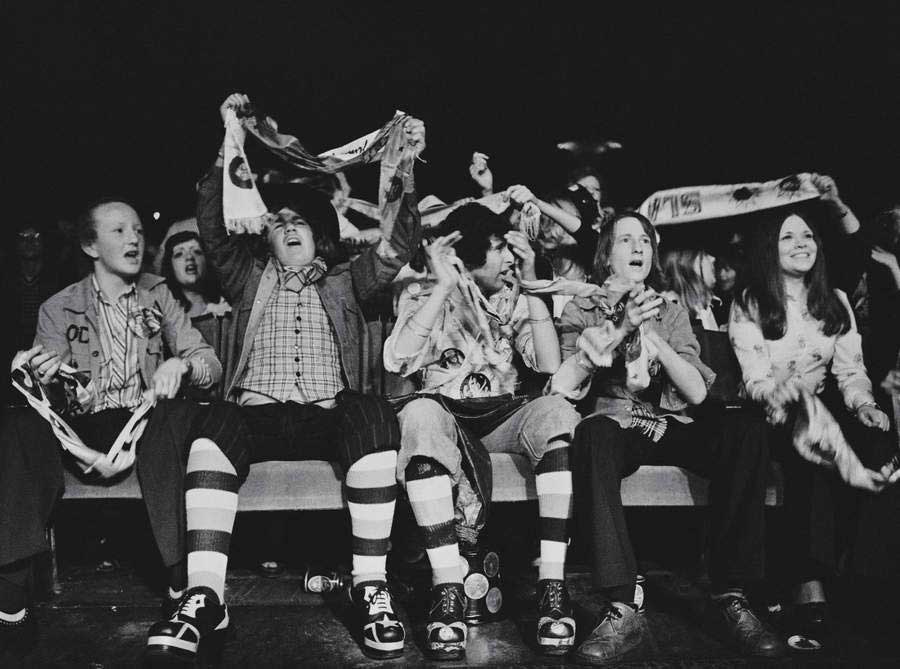
Alive At Reading!
Recorded at the Reading Festival, August 24, 1980
By the summer of 1980, three years after returning to Britain from the US, Holder admits that Slade were “pretty much on the skids”. Dave Hill had decided to leave the band. Even when the lastminute offer of a spot on the Reading Festival bill as replacement for Ozzy Osbourne’s new group Blizzard Of Ozz came in, Holder couldn’t convince the guitarist.
“We’d tried to get on to Reading for the previousfew years, but we just weren’t cool enough. When the call came, Dave’s mind was made up – he didn’t want to do it,” Holder remembers. “Luckily, Chas was able to persuade him that this was a good place to finish the band: to go out with a bang.”
Three days later, Slade arrived at the festival site. They hadn’t played for months. Only a few people knew that they had been added to the line-up. Before they were due to go on stage, the mood in their dressing room was sombre.
“Everyone thought it was the last show,” Holder says. “Then Tommy Vance from The Friday Rock Show, who was acting as compere, walked in and predicted we were going to go down a storm. We weren’t so sure; Reading had turned into a metal festival, and that wasn’t us. But Tommy was insistent.”
There was to be one further twist.
“Def Leppard refused to go on before us – they wouldn’t open for a bunch of has-beens,” Holder says with a chuckle. “So we agreed to swap over. We really didn’t give a toss.”
What followed was the most unexpected resurrection since Lazarus. With a set that mixed harder-edged new songs such as When I’m Dancin’ I Ain’t Fightin’ and Wheels Ain’t Coming Down with a clutch of well-known hits (Take Me Bak ’Ome, Mama Weer All Crazee Now, Cum On Feel The Noize and Get Down And Get With It), Slade slayed in the late-afternoon sunlight, peaking with Holder conducting 80,000 denim-clad herberts in a singalong of Merry Xmas Everybody – in August.
“In front of the stage there was a pit for the media, which was empty when we went on, but the noise of the crowd was so loud that it filled up right away,” Holders marvels. “The audience was perfect for us; a lot of them were kids who had been too young to see us first time around. Def Leppard went on afterwards and they had a hard job following us – they just couldn’t.”
Slade’s set from that fateful day has been bootlegged in the past, but the new boxed set includes the most complete version released officially to date. “It’s not the full show from Reading, because we don’t have the complete set, but we’ve put out all that we’ve got."
Hearing them again all these years later, these shows made me realise what a fucking good band we were,” Holder says proudly. “I even freaked out at my own vocal prowess on all three of the new recordings. ‘Fucking hell, how did I sing like that for two hours?’”
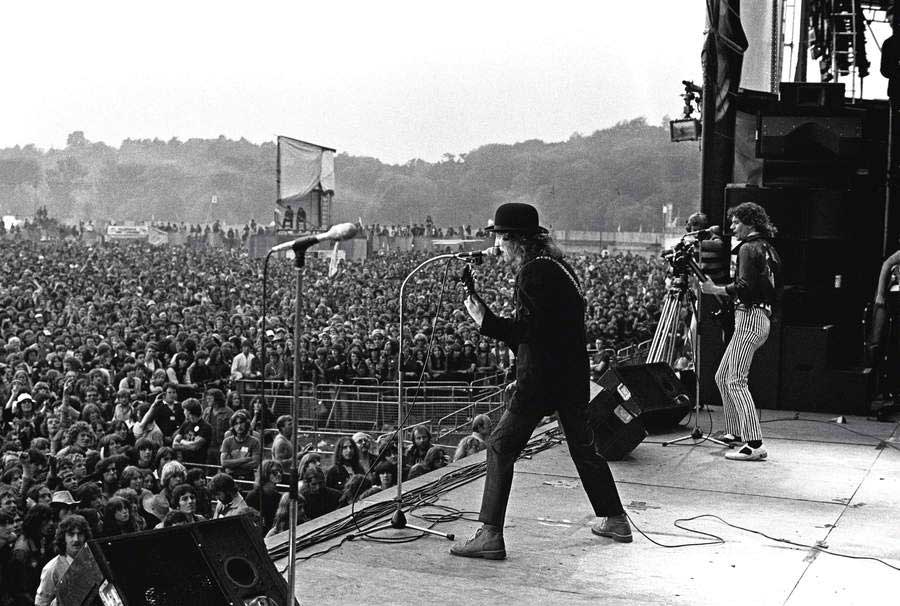
Live At The Hucknall Miners’ Welfare Club
Recorded at Hucknall Miners’ Welfare Club, Nottingham, December 10, 1980
A little under four months after their unlikely triumph at Reading, Slade’s bus pulled up at a familiar location. Madison Square Garden this was not.
“We used to really love that place; we played it several times, actually,” Holder remembers. “It made a really warm-up for our tours because it always had a great atmosphere.”
All the same, it’s tough to imagine what goes through the mind of a musician when, having performed on the world’s biggest stages, they arrive at what’s marginally bigger than a pub gig.
“To Slade, throughout our career, the size of the audience never mattered,” Holder says. “We always gave one hundred per cent, whenever and wherever. I remember playing a club in Bristol back in the sixties on a rainy Tuesday night and eight people turned up. We got all of them up on stage, they did the gig with us, and it was a great night. My ideal capacity is a two-to-three-thousand-seater. Any bigger than that and eye contact becomes impossible.
“It’s the atmosphere, and not the size of a show, that’s important,” he continues. “We always made the night into a party. It’s showing off, isn’t it?
“Slade was a band of show-offs, basically. It was for me and Dave, anyway. Jim used to tear his hair out over our antics. The punters came along to see how far we’d go; quite often I’d show my arse on stage. Anything to win them over. After a Slade show, people left knowing they’d had a good time.”
The turnaround thanks to Reading led to a new record deal, and at the Hucknall gig Slade played several songs – including Night Starvation, I’m A Rocker, When I’m Dancin’ I Ain’t Fightin’ and Wheels Ain’t Coming Down – that would all appear the following year on an album called We’ll Bring The House Down.
The following year, Slade were invited to play at Monsters Of Rock at Donington Park, on a bill headlined by AC/DC that also included Whitesnake and Blue Öyster Cult.
So how comfortable did the band feel in their new wardrobe of leather and studs?
“I just don’t think we thought of it that way,” Holder says. “I certainly don’t remember being un-comfortable.”
After a moment’s thought he adds: “I don’t think we ever really had a pop audience. There were always a lot more blokes and girls, and in the eighties I suppose there were a lot more blokes, but there was never a conscious desire to change. And when we got to America [second time around] there were a lot of bands doing exactly what we’d done in the previous decade, especially in LA.”
Slade On Stage
Recorded at Newcastle City Hall, December 11, 1981
Slade documented their second spell of popularity with 10 live songs, including a thunderously loud farewell with a cover of You’ll Never Walk Alone sung by the Newcastle City Hall audience on the tour for their tenth studio album, Till Deaf Do Us Part. Its sense of communion is palpable.
“Even from way, way back, Newcastle was always amazing for us – it was Chas’s home town, remember – so we did the City Hall on every tour,” Holder says, smiling. “We had first appeared there in 1969 as the warm-up act for Amen Corner and Dave Dee, Dozy, Beaky, Mick & Tich. It was an audience of screaming girls, which we’d never seen before. From then on, our tours often opened at the City Hall. Not just for Slade, there’s something magical about that place. When we had Thin Lizzy and Suzi Quatro open on a tour for us there, they couldn’t believe the hullabaloo. So when we made a third album, Newcastle City Hall was one of the first names on the list.”
Within two years, belatedly in the United States Slade’s star was rising.
“Back in the seventies it had been impossible for us to break through, but by the early eighties, thanks to MTV, that situation had started to change,” Holder explains. After the American band Quiet Riot scored a hit with their cover of Slade’s Cum On Feel The Noize, Sharon Osbourne took on the band’s management, and Run Runaway made it into the Billboard Top 40. Unfortunately, after playing just the opening night of a vital support tour with Ozzy the band were forced to head home due to Jim Lea having developed hepatitis C.
The 1987 album You Boyz Make Big Noize would be their swansong, although a further hit single, 1991’s Radio Wall Of Sound, kept the name alive.
Today, having been cited as an influence by artists as diverse as Kiss, Twisted Sister, Oasis, Nirvana, the Ramones, Def Leppard and The Clash, Slade’s legacy lives on. As does a desire to see the band perform again. But with all of them in their seventies, each member now acknowledges how remote a possibility that has become. There are also personal issues to consider. A little under two years ago, Holder told Classic Rock: “When bands break up it’s usually to do with five reasons: egos, money, drink and drugs, women or musical differences. In Slade’s case it was all of the above.” Which sounds pretty damned final.
“It is final. And since I said that, Don and Dave have fallen out,” Holder sighs. “At the moment there’s no love lost between those two, but that’s how it goes with bands; things get said and people are blamed. Tales get distorted.”
At the start of 2022, national headlines were made when The Sun printed an ‘interview’ with Holder during which he addressed the possibility of Slade reuniting for the ‘legends’ spot at Glastonbury. He was quoted as saying: “Maybe we’d have to have glass barriers between us on stage so that there would be no fisticuffs on stage.” His manager Colin Newman dismissed the story as a gross distortion.
“Everyone went mad, but it was a total and utter lie,” Holder clarifies. All the same, there were attempts to put the band back together.
“The last time the four members were in a room together was many years ago for a business meeting,” says Holder. “It was like we had split up the day before, not twenty years earlier. Big money was on offer for an eighteen-month world tour, but nobody was willing to compromise. I would never, ever go through that again.”
In a pleasing footnote, a month after The Sun debacle, Holder’s wife Suzan posted a photo of Holder and Hill together with huge smiles.
“I went to his house and we mended our bridges – not that Dave and I really had bridges to fix,” Holder says. “I accepted his eccentricity and he accepted my own. There had been some business hassles, but we picked up the phone and discussed them. Dave’s a funny bugger, still as daft as he was when I first met him in the mid-sixties.”
All The World Is A Stage is available now via BMG.
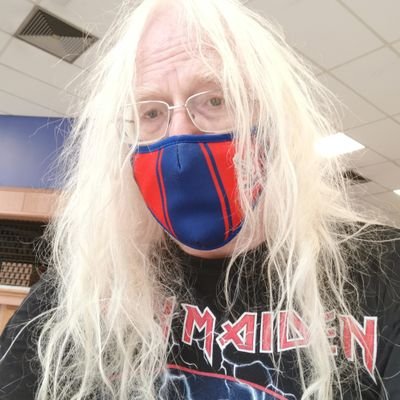
Dave Ling was a co-founder of Classic Rock magazine. His words have appeared in a variety of music publications, including RAW, Kerrang!, Metal Hammer, Prog, Rock Candy, Fireworks and Sounds. Dave’s life was shaped in 1974 through the purchase of a copy of Sweet’s album ‘Sweet Fanny Adams’, along with early gig experiences from Status Quo, Rush, Iron Maiden, AC/DC, Yes and Queen. As a lifelong season ticket holder of Crystal Palace FC, he is completely incapable of uttering the word ‘Br***ton’.
